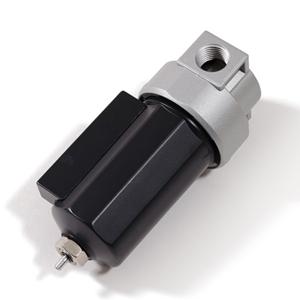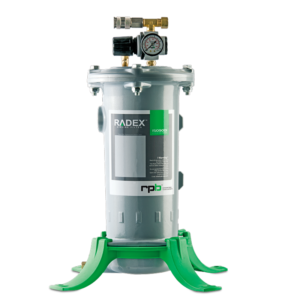Ensuring Safe Breathing Air for Blasters and Painters
Ensuring that blasters and painters have access to safe breathing air is essential for their health and safety on the job. One of the most critical standards for this is producing Grade D breathing air, a recognized legal requirement in the United States. However, there are many misconceptions about what Grade D air is and how to achieve it on your jobsite. This guide will help you understand Grade D breathing air and how to implement the necessary measures to protect your workers
Understanding Grade D Breathing Air
Grade D breathing air is a legal standard that sets specific composition requirements for the air delivered to respirators. To meet Grade D standards, the air must contain:
- Oxygen content (v/v): 19.5-23.5%
- Hydrocarbon (condensed) content: 5 milligrams per cubic meter of air or less
- Carbon monoxide (CO) content: 10 ppm or less
- Carbon dioxide content: 1,000 ppm or less
- Lack of noticeable odor
These stringent requirements are in place to ensure that the air blasters and painters breathe while working is safe and free from harmful contaminants. However, the key point is that no equipment can produce Grade D air on its own. Instead, the air must already meet these criteria when it enters the system.
Implementing Best Practices for Safe Breathing Air
Given that you can’t “produce” Grade D air with equipment alone, it’s crucial to follow specific procedures to increase the likelihood that the air supplied to respirators meets the Grade D standard. Here are three essential pillars for ensuring safe breathing air:
- Correct Selection and Placement of the Compressor
- Choose a well-maintained compressor that is appropriately sized for your needs to prevent overheating and CO production.
- Position the compressor in a well-ventilated area, away from exhausts and other potential contaminants. Consider installing a remote air intake if necessary to draw clean air from a safe location.
- Install a Breathing Air System
- Use a Radex filter, equipped with activated carbon and alumina, to remove odors and moisture.
- Incorporate a Micro Mist Filter to further eliminate moisture and hydrocarbons from the air supply.
- Integrate a reliable Carbon Monoxide monitor like the RPB GX4 Gas Monitor to continuously check air quality.
- Regular Air Testing for Certification
- Utilize Grade D Air Test Kits, available from BlastOne, to test and certify your air. Regular testing is critical—OSHA recommends annual testing for fixed worksites, or after any changes to your setup.
By following these guidelines, you can greatly improve the safety and quality of the breathing air provided to your team, ensuring compliance with Grade D standards and safeguarding their health.
 My Account
My Account






